
The history of the viola
from the beginning to the 17th century
Buy Viola in Music's Collection of
13 famous tunes
Read more
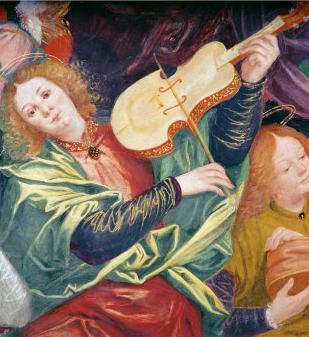
The history of the viola and the history of the violin and the so-called “violin family”, have been closely related. In the history of classical music the viola, although neglected in many aspects, has played quite an important role, recognised by several composers and authors of treatises. A bit like salt in a meal: it's not the main ingredient but it's indispensable.
Actually, the viola has been the Cinderella of the family until the last century, before Lionel Tertis came to its rescue, as he pointed out in his book “Cinderella no more”.
The viola and violin family developed sometime around 1500 in Italy from previous bowed instruments. The shape of viola and violin as it is today was not invented but was rather the result of an evolution of various forms, by different craftsmen. There are paintings and other documentation of that time proving that makers were experimenting with various shapes and sizes of bowed instruments.
Early instruments
The most astounding documentary example, relevant to the history of the viola, is the one you can see in the dome of the Santuario di Saronno in north Italy, not far from Milan. If you ever find yourself around there, I recommend you to go for a trip and visit that church, even better if you can go there for a concert. I find that the location adds a lot to the fascination of a concert, both for the listeners and for the performers. I did play there once and I think it contributed to make me enjoy the concert more.
It is a fresco of a Paradise with a huge concert of angels (Angeli Musicanti) in the heaven playing all sorts of instruments. Some of these instruments have the characteristics that will differentiate the violin family from other bowed instruments, such as 4 strings, f holes, a scroll.
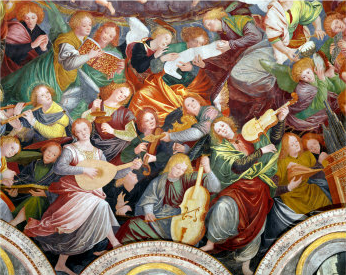 The Concert of Angels (Angeli Musicanti), 1534-36 Gaudenzio Ferrari
The Concert of Angels (Angeli Musicanti), 1534-36 Gaudenzio FerrariEarly examples of violas in painting
See here below the details of a viola-size instrument, the beginning of the history of the viola
 Early examples of violas in painting
Early examples of violas in paintingThe Concert of Angels (Angeli Musicanti), 1534-36 by Gaudenzio Ferrari
Anyway, the first ones to make violins with the present shape were most certainly Andrea Amati (born between 1500 and 1511) and Gasparo da Salò (born around 1540) and instruments made by them survive and are played.
Did the viola come before the violin?
It’s not very clear whether the history of the viola originated slighly before that of the violin and cello or not. It is most likely that all the different sizes of instruments were developed at the same time from older bowed instruments till the makers found what they considered the ideal model.
A strong argument supporting the theory that violas came first has to do with the origin of instruments names.
The term viola was used in Italy for all this types of instruments. The other names of the violin family instruments derive from it:
- viol+ino (diminutive), which means small viola, the soprano viola
- viol+one (augmentative), which means big viola, the bass viola
- viol+on +cello (smaller than violone), which means smaller bass viola.
Since the alto-tenor member (the viola) of the family has kept the original name, this may mean that it was the first one to be created. This theory has some logic although it’s not a proof.
Anyway, it’s nice to know that in a way the viola was the origin of the family, if only for the instruments names.
Violas sizes and famous makers
Often, during the history of the viola, string instruments were used to double the singers, the violin doubling the soprano part, the cello doubling the bass part and therefore the middle voices of alto and tenor were given to violas.
Andrea Amati was one of the first luthiers to make violas, small and large ones. Amati was so famous in his time that in 1565 king Charles IX of France from Paris commissioned him 38 instruments (violins, violas and cellos) for his musicians. Most of those masterpieces were destroyed during the French revolution but one viola survived and you can see it at the Ashmolean Museum in Oxford. It is of the big type with a body length of 47 cm (18 1/2 in).
Here is a photo I took of it, for which I’m grateful to the Ashmolean Museum, they’re nice, they allow people to take photos, in almost all rooms.
On the left is the viola made by Andrea Amati in 1574 for King Charles IX of France. On the right is the viola made by Antonio and Girolamo Amati in 1592 for the Medici family in Florence. They are in the Ashmolean Museum in Oxford
The Amatis started the fame of Cremona as the centre of excellence for the productions of violin, violas and other similar instruments.
The second important centre was the city of Brescia and the most famous maker was Gasparo da Salò.
An interesting instrument by Gasparo that I’ve seen is the viola-lira (or lira-viola, I've seen different versions), which is in the Ashmolean Museum in Oxford, too, resting in a cabinet together with a viola by Gasparo.
A viola-lira (late 16th century) by Gasparo da Salò
The same lira-viola and a viola (1561) by Gasparo da Salò
... taking photos in a museum (if allowed at all) is never the best condition... anyway you can see, they are big, aren’t they? But beautiful!
The tradition of Andrea Amati was continued by his two sons, Antonio and Girolamo, and later by Girolamo’s son and grandson, Nicolò and Girolamo II. The great viola player William Primrose’s father owned an Amati Brothers viola. In his autobiography Primrose tells how he, as a violin player child, enjoyed playing it secretly when his father was away. That was actually the first viola he saw and put his hands on.
Around 1595 the Amati brothers built at least five beautifully decorated instruments, again for the French court, of which a violin and a viola survived. Another decorated viola by the Amati brothers, with a crucifix on its back, belonged to the famous viola player Luigi Alberto Bianchi who used it for concerts and recordings, until it was stolen in 1980. Luckily it has been found again just recently.
Nicolò had several apprentices, among them were Andrea Guarneri and Antonio Stradivari.
At that time the music written for viola was not difficult and the player could manage to play such big instruments. Then because of the change in music writing, from five-part writing to four-part writing, and the popularity of the trio sonata with usually two violins and no violas at all, the tenor violas were less and less in demand.
Few small violas survived, because they were used. More large violas survived because they were not played, while many others in the early 19th century were cut down to make them more easily playable.
The Guarneri family
Andrea Guarneri (1626-98) was the first of another celebrated family of luthiers, with his two sons and grandsons. Because of the reduced demand, the Guarneri family built very few violas, most of them by Andrea who made mainly small violas. William Primrose also owned and played one of these, which is one of the most famous violas.
Stradivari violas
Stradivari too made few violas and experts are not sure about the numbers, something between ten and eighteen. In 1690 he built a quintet of instruments for the Medici family court in Florence, including two violas: a small one, contralto (40.64 cm/16”), and a large one, tenor, with a body length of nearly 48 cm (over 18” 3/4).
The tenor, which you see in this photo, is kept in Florence in the Conservatoire of Music. I've never seen it, I hope I'll get an opportunity soon.
Another Stradivari viola, that Paganini played, inspired him to commission Berlioz a concert piece, which then resulted in Harold in Italy. However, since Paganini was not happy with it, he eventually wrote a piece for himself to play on this apparently very big viola. Indeed, the piece is called Sonata for Grand’Viola and orchestra.
A Stradivari viola may set a new world record as the highest prized instrument. It is being sold at auction by Sotheby's. The Strad magazine states they they "are inviting bids ‘in excess of $45 million (£27 million)’ for the viola. If it were sold for such a price it would mark a world record for any musical instrument: the current auction record is held by the ‘Lady Blunt’ Stradivarius violin of 1721, which was sold by the Nippon Music Foundation in June 2011 for £9.8m.
Read more about this Stradivari's viola for sale.
Importance of large violas
Over the centuries of the history of the viola and of other string instruments, most of them, not only violas, have undergone several modifications: apart from the size reduction for violas, most of them had their neck, fingerboard, bridge and other parts replaced. Therefore the survived large violas are particularly important historically, for the history of the viola and other string instruments making, because most of them are in their original state, as they were made by those great masters, with no alterations by others.
Early viola music
In the history of the viola, the first known published work to assign a part specifically to the viola was the Sonata pian’e forte by the Venetian Giovanni Gabrieli, in 1597. It’s not that violas were not used; composers just didn’t use to assign parts to specific instruments. The different parts could be played by several different instruments, not specified, while this work was important because it indicates precise instrumentation. In 17th century a musical form developed and became very popular in north Italy and later further in the south: it was the Trio sonata which, unluckily, didn’t include violas but was written for two violins or two other treble instruments. The most important composer of trio sonatas was Arcangelo Corelli (1653-1713) and many others followed his model. After this, came the sonata for violin and bass and again, generally, the viola was not considered as a solo instrument.
Viola music in the 17th century in Italy
Anyway, there is a huge catalogue of viola music, Literatur für Viola, that Professor Franz Zeyringer put together (a monumental work, indeed!), where he mentions a Viola sonata by Massimiliano Neri dated 1651, a Sonata for violin and viola by Nikolaus Kempis published in 1644 and a Sonata for viola by Carlo Antonio Marino in late 17th century.
Violas were generally used in orchestra, in operas (they began to write operas at the beginning of the 17th century) together with the continuo (bass) line and in another type of composition that appeared at this time, the Concerto grosso. Here the music is built around two alternating groups of instruments: the solo group of 2 violins, cello and keyboard, called concertino, and the orchestral group, called ripieno, which included all the violins, violas, cellos and keyboard (and even more instruments). The most famous composers of Concerti grossi were Corelli and Vivaldi whose works served as a model for many other composers later on. An interesting exception to this sort of rule for the concertino is the violinist Pietro Locatelli (1693-1764), who wrote for a solo group of violin I, violin II, viola I, viola II and cello, and ripieno for the same groups of instruments. Later the concertino could include also other instruments.
Claudio Monteverdi, one of the first opera composers, for his Ulysses’ homecoming (Il ritorno di Ulisse) of 1641 in Venice wrote orchestra parts for violin I and II, viola I and II and continuo. After him, others followed his example and wrote in five parts, with two viola parts.
History of the viola in the 17th century in France
In France, in the 24 violons du Roy, the orchestra established in 1626 by King Louis XIII, there were five parts: 6 violins, three groups of 4 alto and tenor violas, 6 cellos. The "instruments of the middle" were of different sizes but all tuned as the present day viola, c g d a. The violas, 12 out of 24 instruments, had an important role in creating a rich harmony and sound.
The three viola parts, were called haute-contre, taille, quinte and were all written in C clef, on different lines.
Later, Jean Baptiste Lully, whose style became to be called the French style, wrote for 2 violins, 2 violas and bass. By the middle of the 18th century this was the standard orchestral writing in France, but little interest for the viola as a solo instrument, until the brothers Anton and Karl Stamitz appeared in Paris as performers.
Continue with Viola History part 2
This page was first published on 14th December 2006

To learn more, buy and read the most detailed book about the history of the viola: The history of the viola by Maurice Riley, in two volumes. Sometimes they even have the Italian translation, good luck!
Go from The history of the viola to the Home page
Tweets by @MonicaCuneViola

Play easily without pain &
nerves
Related pages
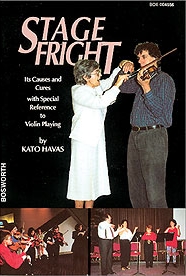 Read the book "Stage fright - Causes and cures", by Kato Havas, and play freely
Read the book "Stage fright - Causes and cures", by Kato Havas, and play freelyViola history part 2,
from the 18th century
Carl Stamitz
Viola virtuoso and composer
Alessandro Rolla
Viola virtuoso and composer
Berlioz and Paganini:
Harold in Italy
Viola books. My viola and I
by Lionel Tertis
Difference between
violin and viola
Buy Viola in Music's Collection of 13 famous tunes (19 pages)
£7.99 and download them instantly
They are in their original keys, so you can play them in sessions with other instruments
Jesu, joy of man's desiring
Michael Turner’s waltz (2 versions)
The
greenwood tree
The south wind
Fanny Power
Ye banks and braes
Skye boat song
My Bonnie
My love is
like a red, red rose
Sportsman’s hornpipe
The road to Lisdoonvarna
Danny Boy (Londonderry Air)
Iron legs
Do you like
Viola in Music?
Support it by buying sheet music here
Download Sheet Music
|

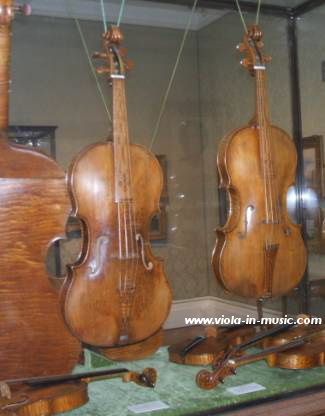
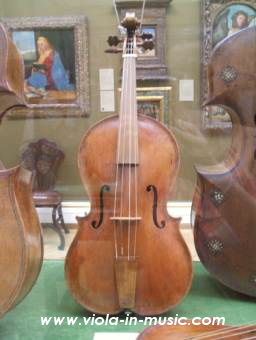
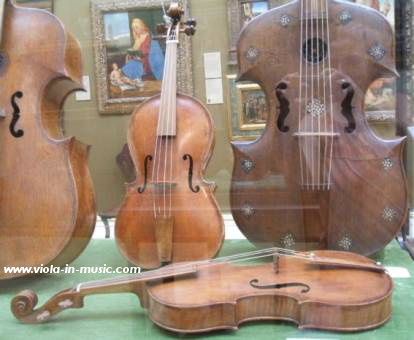
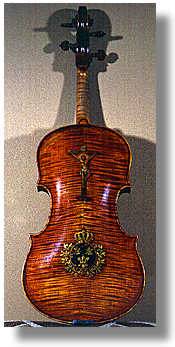
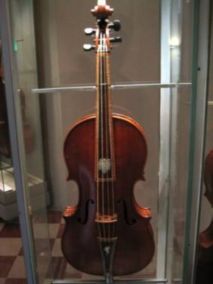
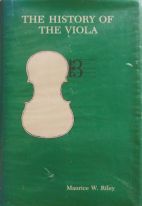
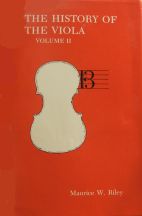



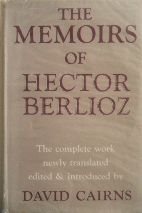
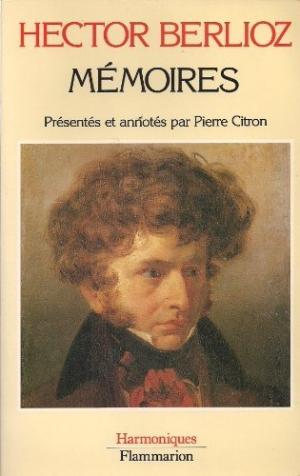
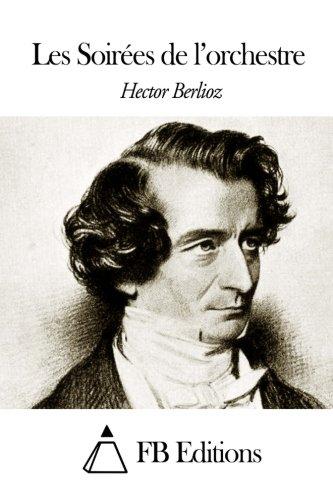
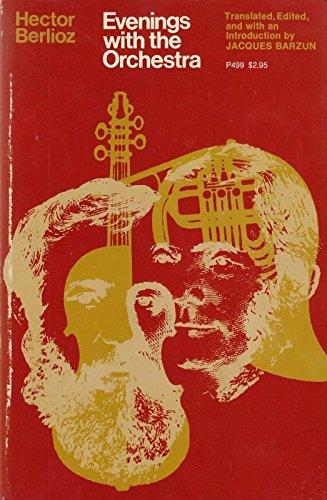
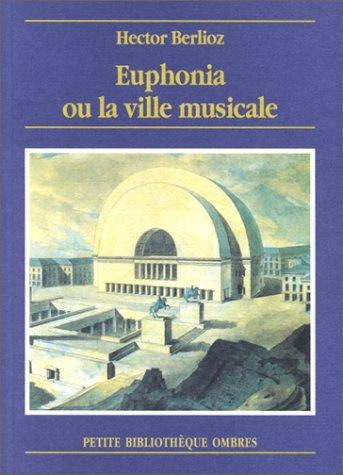
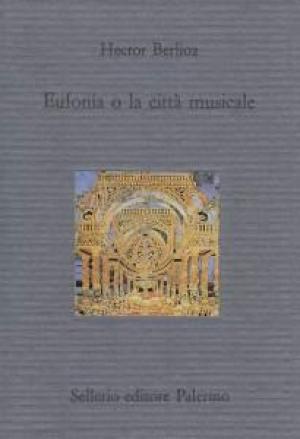
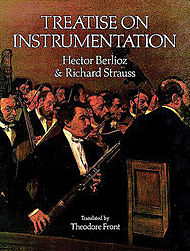

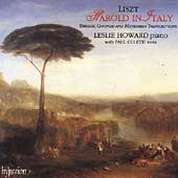
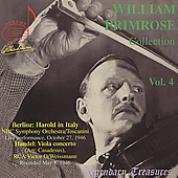
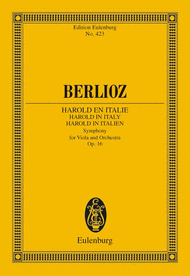
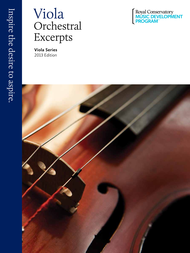
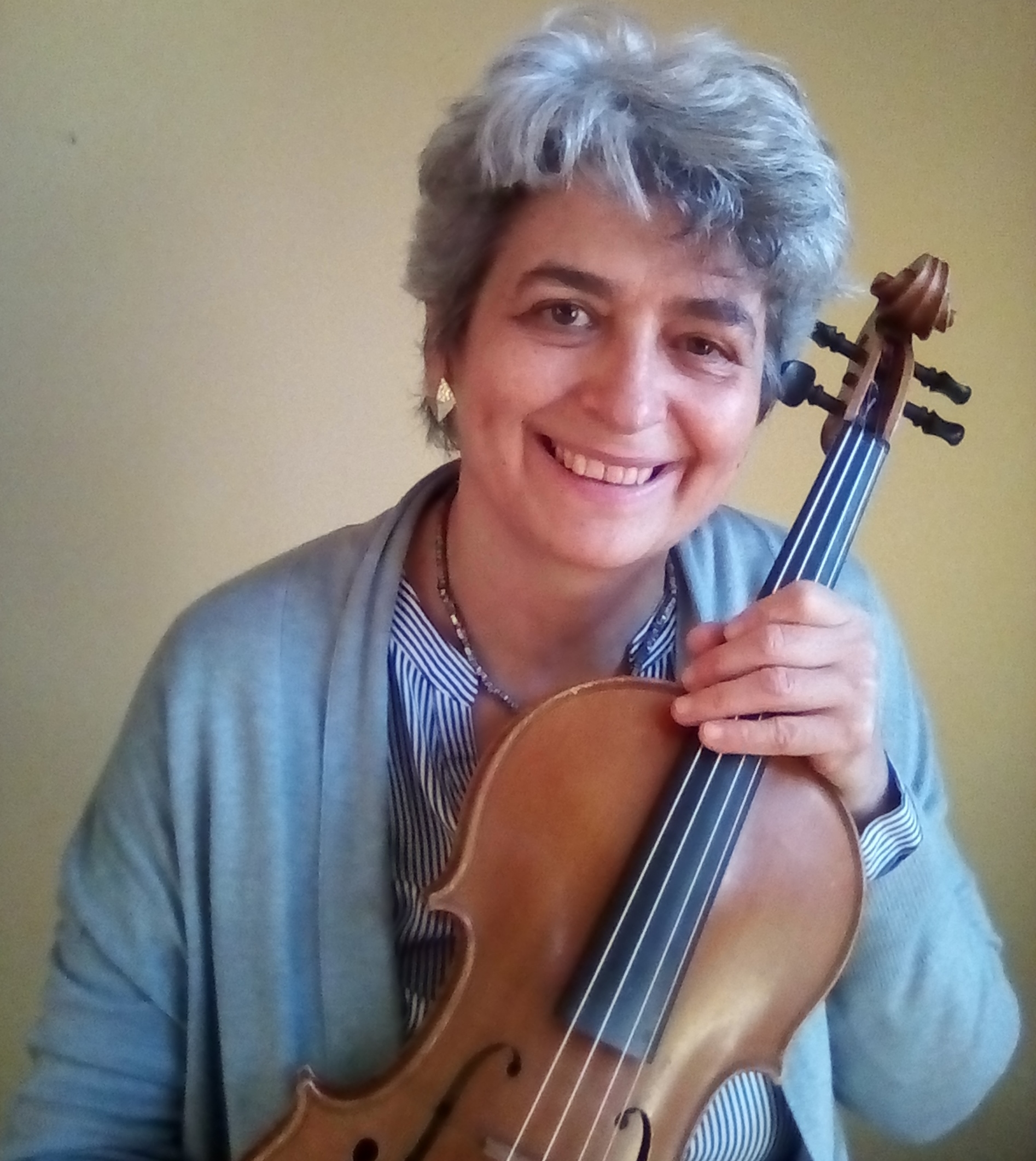

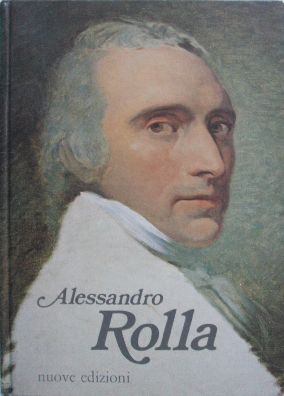
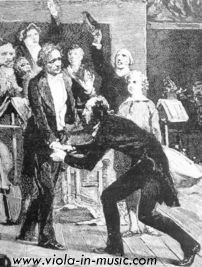

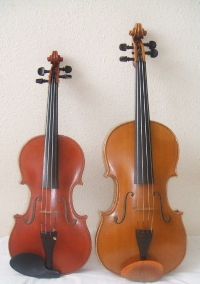



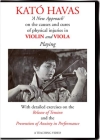
New! Comments
Have your say about what you just read! Leave me a comment in the box below.